Chris Howard's Blog, page 23
June 23, 2021
There’s a beautiful moon out there tonight! Nikon D750,...
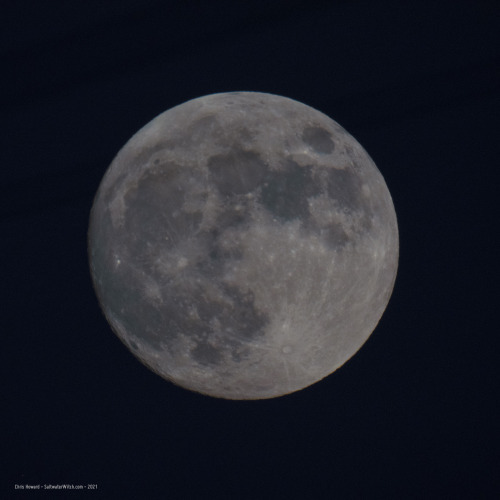
There’s a beautiful moon out there tonight! Nikon D750, AstroTech AT6RC 1350mm f/9, 1/2500 sec exposure.
June 22, 2021
The Cocoon Nebula (IC 5146, Caldwell 19, Sh 2-125) is a roiling...
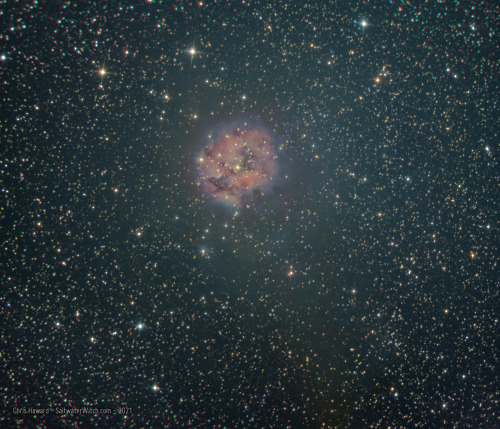
The Cocoon Nebula (IC 5146, Caldwell 19, Sh 2-125) is a roiling mix of new stars, ionized gases emitting light, mostly in wavelengths out at the hydrogen end of the spectrum, with additional layers of clouds of dust and gas lit up by those same stars. Actually, most of the ionizing weight appears to be carried by the central pre-main-sequence B type star, BD+46°3474. The whole circular structure labeled IC 5146 is a reflection nebula and an H ii region that forms a “cocoon” around BD+46°3474 (that bright star in the center), which is probably less than 10 million years old (compare that to our star, the Sun, at 4.6 billion years old). This central star’s intense radiation and stellar winds have hollowed out the dense molecular clouds, and the radiation flowing off it is ionizing the material and lighting it up. There’s a long dark band of gas trailing off frame at the bottom of this image that leads to a separately identified dark nebula, Barnard 168 (B168). The Cocoon is around 2500 lightyears away in the constellation Cygnus. Imaging Notes: There’s so much going on here across the visual spectrum right on out to hydrogen-alpha and near-infrared. Most color astro cameras, DSLRs, and mirrorless cameras will be able to pick it all up. If you can, light pollution allowing, try to catch the Cocoon Nebula without any extra filters. My imaging run: 67 x 240 second subs, no filters. Apertura 8 inch f/4 800m FL Imaging Newtonian, ZWO ASI071MC color camera, GSO Coma Corrector, SkyWatcher EQ6-R Pro mount, StellarMate - Raspberry Pi 4 running INDI/Ekos/KStars.
June 19, 2021
The Fireworks Galaxy (NGC 6946, Caldwell 12) in Cepheus, heavily...
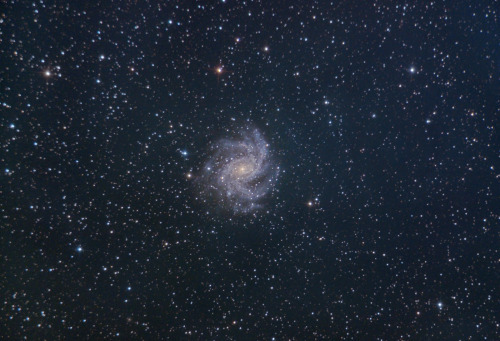
The Fireworks Galaxy (NGC 6946, Caldwell 12) in Cepheus, heavily cropped, even at 800mm focal length, but one of those galaxies that’s worth going after because it’s just inside the range of what a sub-1000mm scope can capture and still have it look like a galaxy. I don’t normally go for galaxies, unless they’re relatively close by, but there are a few like M101 (Pinwheel Galaxy) and M81 (Bode’s Galaxy) which are great targets if you’re running with less than a 1000mm–other than the obvious ones like M31, M33, LMC, etc.
The Fireworks Galaxy is 22 million lightyears away. To put that distance in perspective, one lightyear is almost 6 trillion miles. I’ll leave the multiplying by 22 million up to you. Fireworks is a medium-sized galaxy, about half the size of the Milky Way at about 40,000 lightyears across. It’s a spiral galaxy, and it has the advantage, from our perspective, of being face-on, or is that top-down? Notes: 31 x 120 second subs, no filters.
June 18, 2021
Waiting for the skies to clear. I shot this a couple nights ago...
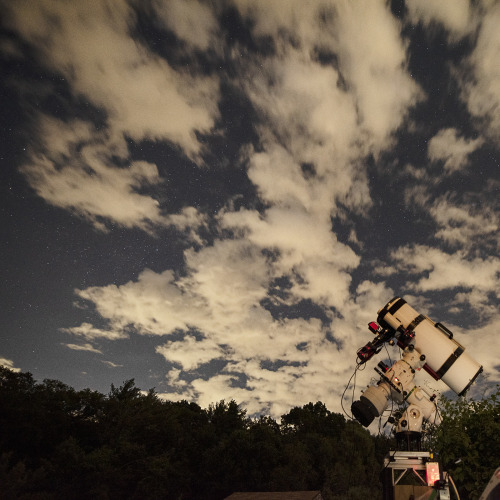
Waiting for the skies to clear. I shot this a couple nights ago with the Nikon D750 and Irix 15mm lens, all set up for the Iris Nebula, but couldn’t get started until after midnight with these clouds sweeping through. See my last post for the Iris Nebula image.
June 17, 2021
First Light with the Apertura Newtonian - NGC 7023, the Iris...
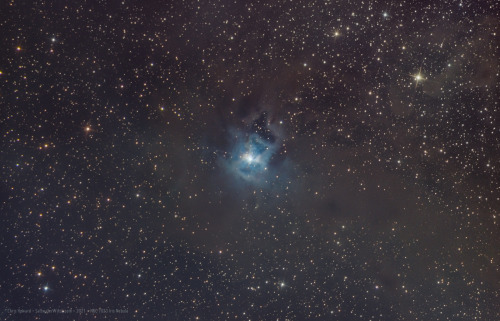
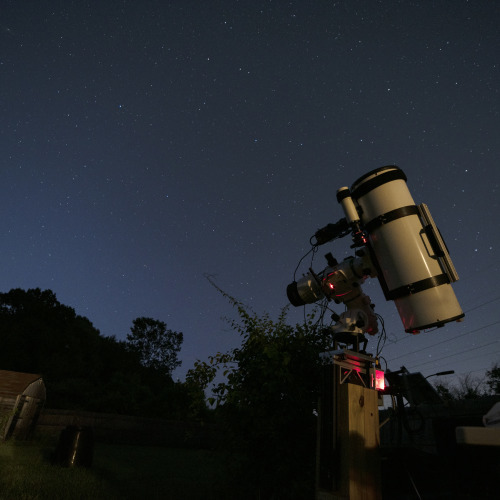
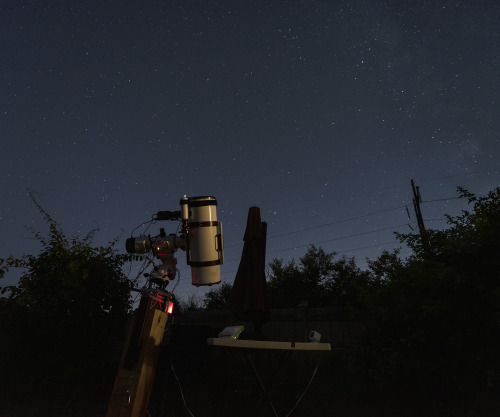
First Light with the Apertura Newtonian - NGC 7023, the Iris Nebula, is a beautiful reflection nebula in the constellation Cepheus. Unlike emission nebulas, which emit their own light and radiation, reflection nebulae are mostly dark and what we observe is starlight scattering through or illuminating clouds of interstellar dust and gas. M45, the Pleiades, is one of the most famous reflection nebulae, with a batch of violently bright blue-white stars lighting up the whole neighborhood. The Iris, in contrast, is surrounded by denser and darker clouds and does not have the intensity of the “seven sisters”, the star cluster that makes up the Pleiades. The Iris Nebula is about 1,300 light-years away and that core circular region is about six light-years across. And just to give you a sense of how big the Iris is, the diameter is around 35 trillion miles, or over 56 trillion kilometers. So, pretty good size.
I think the Iris Nebula came out rather well for the first time with this new scope, the Apertura 8" f/4 Newtonian Imager. The stars are a bit wonky as I’m still playing with the coma corrector distance. But overall I had a blast with the 800mm focal length of this OTA. It’s perfectly matched with the ZWO ASI071’s APS-C sensor and large-ish pixels (4.78m).
Notes: 51 x 240 second subs, no filters. Apertura 8 inch f/4 800m FL Imaging Newtonian, ZWO ASI071MC color camera, GSO Coma Corrector, SkyWatcher EQ6-R Pro mount, INDI/Ekos/KStars.
Details here: https://SaltwaterWitch.com/blog
June 12, 2021
Doing some daylight focus testing with the 8" Newtonian and...
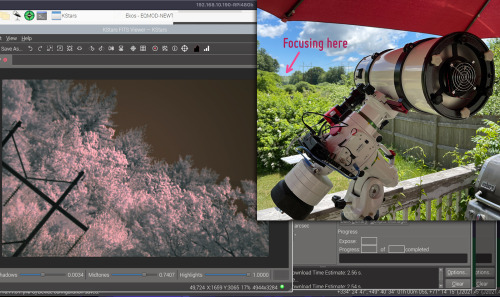
Doing some daylight focus testing with the 8" Newtonian and the ZWO ASI071 camera + Ha filter to cut down on the light. Focusing on that tree line about half a mile away.
I’m still waiting for the final piece of the Newtonian reflector puzzle, a coma corrector. This scope is fairly fast at f/4, and so the coma introduced by the parabolic primary mirror needs some correcting. Without the corrector the star field in images from a large sensor camera will bend away from the center–“coma”.
In the meantime, I’m out on the deck today testing focuser position with an old William Optics field flattener/reducer, which brings the scope to 640mm focal length at f/3.2. And it doesn’t look too bad. That tree line is about half a mile (~.75 km) away. It’s so bright out and this astro camera is so light-sensitive that I’m shooting frames at .001 seconds with a long-pass hydrogen-alpha filter, which is only letting light in from 640nm out to about 800nm, so most of the visual spectrum is cut, and what’s left is this range of near infra-red.
June 11, 2021
It was pretty clear out last night, just after dark. It...
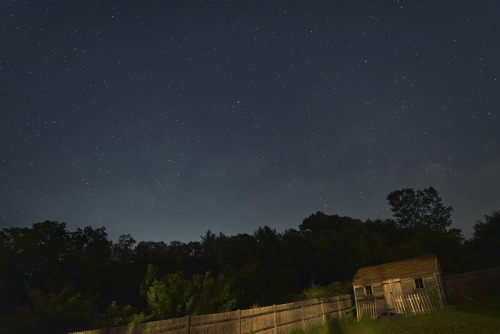
It was pretty clear out last night, just after dark. It didn’t last long. I took some night sky shots with the D750 and the Irix 15mm lens. This is the view from our little corner of backyard, with our galaxy, the Milky Way, swinging up from the East. The “Summer Triangle” is right there in the center, with Altair just above the tree line, Vega is the bright star in the center, Deneb below and to the left. That glow at the horizon is from Portsmouth.
June 9, 2021
yodaprod:
Shinjuku (1981)
新宿 (1981年)
June 1, 2021
I’m testing out a night sky cam, so I can see what the...
I’m testing out a night sky cam, so I can see what the weather looks like, and also capture cool stuff–like the ISS zipping by at 17,000 miles per hours–not last night that I noticed, but in this view you can see Venus rising with the moon, lower right. The moon swung into view around 2am, and brought its brightest friend. Just amazing.
North is to the left in the video, and you can see the stars wheeling around from that point–stars on the left pivot more than they move across the sky, compared to the stars on the right. I guess what is crazy to think about is that on the equator you can see the entire sky swing by overhead with the earth’s rotation, but if you were to go to the north pole and look up, you would see all the stars in the north rotate around the sky, and they would never rotate out of view.
Camera: ZWO ASI120MC-S (color astro camera), SharpCap image capture software. 381 x 20 second exposures, gain 42. You can see a couple hot-pixels–those are the points of color that aren’t moving. I may shoot dark calibration frames, see if I can extract those from the saved images.
May 24, 2021
Going to try to get in several hours of imaging tonight. I’m on...
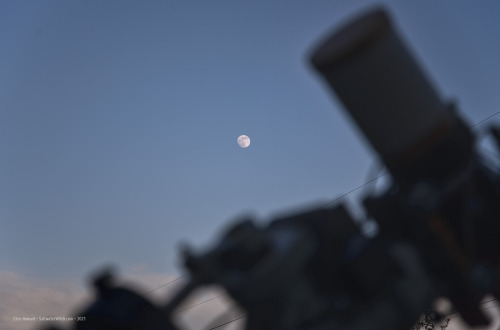
Going to try to get in several hours of imaging tonight. I’m on this astrophotography on a budget thing, see what I can capture with less expensive hardware–I mean, $120 cameras instead of $1200 cameras. Beautiful moon out there tonight!




